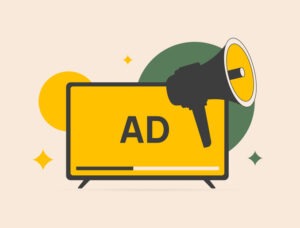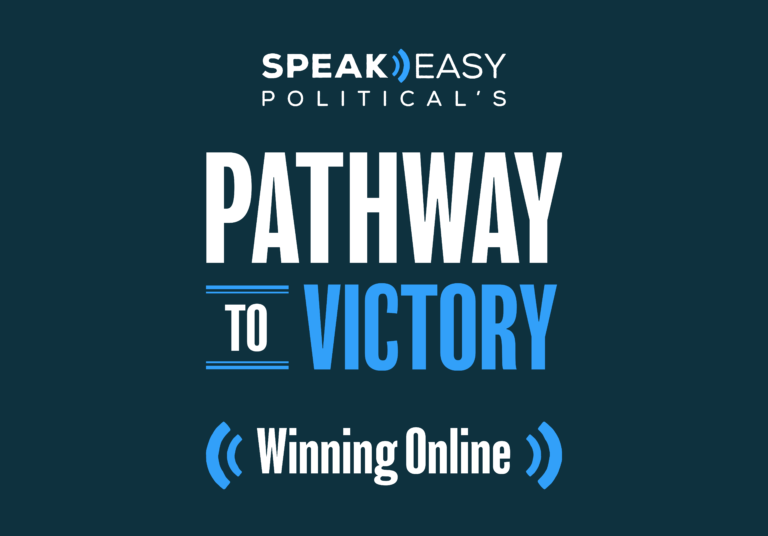SEO.
SEO, or search engine optimization means search engine optimization and it is critical in every campaign. Recent studies have shown when voters are considering their choices in an election, the first thing they do is search for information about a political candidates online — and good SEO helps make sure they find you rather than one of your opponents. SEO can get complicated, but there are some basic rules that, when followed, will ensure your website has good optimization.
First, make sure that everyone you know with an established website relevant at all to your community links back to your website. If the local teacher’s union endorses, for example, ask them to link to your site too.
Second, publish regularly on your blog. The way you utilize headlines and sub-headers are essential to success. If you are running for school board, a headline could be “Why the Teachers Union Endorsed Susan Smith for Oakland School Board.” That will help your rank on search pages when people search for “Oakland School Board” closer to Election Day. You can also have subheads in blogs that are another clue to search engines about what content is valuable Remember, don’t be spammy. Don’t buy links. Don’t overcrowd keywords into your content. Just publish interesting and relevant content regularly and make sure everyone who can links back to you.
Create an email marketing schedule. You’ve built a list of supporters. This list will grow as the campaign goes on — from people who sign up on your website, from emails you gather at the an online event or fundraiser who agree to support you and from the business cards of anyone you meet. It is a best practice to email this list once per week. Not every email should contain an ask, but many can. “Asks” are requests for donations, requests to volunteer or requests to come to an event. During weeks you do not include an ask, send a campaign update with some good news, a fun picture from the campaign trail and maybe a link to an article about you or an article you found particularly interesting or inspiring.
Opt in, opt in, opt in.
You want to build a list of people who want to hear from you. This is called your opt-in audience, and it is a powerful tool you can use to get out the vote (GOTV), recruit volunteers, raise money, build an audience or a crowd and simply get your message out. Make sure to ask people to join you by giving you their name and email at every opportunity.
Don’t overuse this tool — but a few online petitions can help. These are forms that are easy to create on your website and should be about a very relevant issue. For example, “Ask the school board to incorporate online after-school study to keep our kids safe and help them succeed. Make your voice heard!”
Facebook and social media protocols.
Post regularly about relevant topics. Every now and then, make it personal, like “Thanks to my husband for helping me walk precincts on his birthday.” If you don’t have something interesting to say — don’t say it. But if something interesting, relevant or funny happens, post it. People ask if they should remove negative comments if “trolls” appear on your social sites. We usually recommend removing anything rude, lewd or untrue but leaving any legitimate discussions.
Building your social media audience.
You’re in the middle of your campaign and you notice you don’t have many people following you on Facebook or Twitter. Make sure you connect with people who give you their support, and that you immediately friend, follow and connect to them — most of them will reciprocate. After that, start posting relevant content on your social media pages — often. Make sure you post and share a newspaper article about a local issue, your interview on a local blog or a picture of you at the Farmer’s Market on Saturday morning. This will help drive engagements with users on your social media channels and keep them engaged and wanting to learn more. If you want to get in front of even more people and grow your audience faster, there are always paid social media ads, like those on Facebook. From promoting your page to boosting a post so that even more people will see what great interview you did, paid ads will get you out and in front of your targeted audience on social media.
Should I text people?
Absolutely. But you should follow some simple rules. First, we do not recommend any “spam” texts. Only text people you know. Try and make it about a specific ask. For example, the first text should be — “I’m in the race for school board! Hope I can count on your support. Please visit (my website) to join. Thanks!” The next text could be to invite your supporters to a rally, precinct walk or even to donate if there is an important deadline coming up — but don’t overdo it.
I heard there was a secret algorithm. Can I get it?
The short answer is no, there is not. There is no magic bullet for winning campaigns, and if someone tries to sell you one, don’t hire them. We do this for a living. There is no secret — just well-known tools that you might have used in your college statistics course. Certainly, there are better and worse ways to use those tools. But there is no secret here.
How do I use email marketing?
Email marketing can be effective and give a great return on investment, if you do it right. The most important thing is sending good content to people who actually want to receive it. It seems obvious, but so many campaigns send boring emails and burn out their lists fast. You should be sending emails to people who opt in. These people are those who give you money, come to events, sign up on your website, sign a petition of yours — you get the picture. You should upload these email addresses into an opt-in email service (there are tons out there, find one that fits your needs and budget) and keep updating them. Did you have an event last night with a sign-up sheet? (Ahem — every event should have a sign-up sheet). Make sure you or a trusty intern is inputting those new contacts into your email list and keeping your lists fresh.
Now for content. You need a good subject line. Don’t make it spammy, but make it relevant and interesting. People won’t see your email unless they actually open it. Make sure your content is engaging and interesting. Let people know about upcoming events and volunteer opportunities; tell them about a new (exciting!) policy proposal you’ve come up with; ask for money but tell them how it will help you (e.g., “$50 can help our campaign buy 250 door hangers!).
If you want to get fancy, start segmenting your email lists. See a group of people who almost always open your emails? Send them an ask to volunteer or donate to your campaign. Need $1,000 to reach your fundraising goal? Shoot an email to your donors.
Lastly, make sure your emails look good on mobile. Nearly half of all emails are opened on mobile devices these days!
How do I use Facebook advertising?
If you have your Facebook page up and you want to amplify your presence there, you can use Facebook’s advertising to do just that and grow your social media presence. One thing to consider upfront is which people you want to target — people in a particular city, those over 50 years old, those interested in education or health care, etc. Facebook allows you to target those categories and also custom audiences, so it’s important to consider this before you launch your campaign. You wouldn’t want to serve your Facebook ad to someone who isn’t going to vote for you or can’t vote for you.
Next is what you want your audience/campaign to do — get more people to like your page, read an article you shared or watch a video of you at a debate. Facebook will optimize your ad to target for these end goals, so make sure your content is created to do just that. Don’t promote an article about your issues to someone who is staunchly opposed to them.
Lastly, how long do you want to serve your ad and how much do you want to spend? You can spend as little as $10 up to a nearly infinite amount and for as short as a couple hours to many months. Make sure to consider that when you spend too little, you may reach too few people; if you spend too much, your ad may display too frequently and turn people off. Similarly, if you run a campaign for too short a period of time, you may not catch enough of your targets while they are on Facebook. And if you run it for too long, your ad may not display frequently enough to capture attention.
PRO TIP: Maximize your advertising dollars on Facebook by creating different image and text versions of your ads. It’s always better to test out different ads and see how they do against each other, rather than just create one type of ad and get back limited insights.
Looking for more information about what it takes to run for office? Download our e-book designed to walk candidates through the process of running – and winning – their first political campaign. And be sure to check out more from our Pathway to Victory series!




